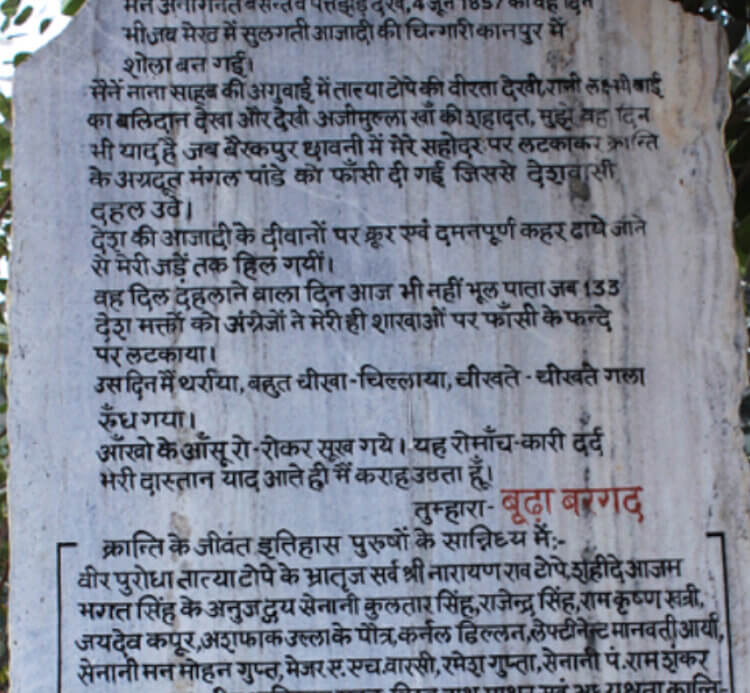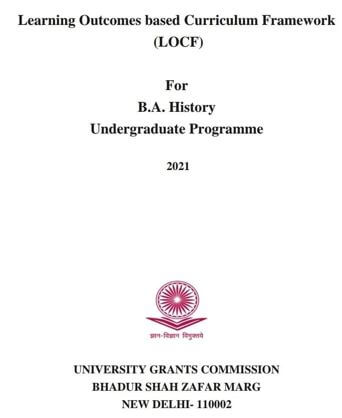This was one of the heinous crimes that took place in British India during the First War of Independence

10th May 2022 – As the poet Jagdamba Prasad Mishra ‘Hitaishi’ wrote beautifully,
शहीदों की चिताओं पर लगेगें हर बरस मेले
वतन पर मरनेवालों का यही बाक़ी निशाँ होगा
(Celebrations will be held each year on the pyres of martyrs; this will be only symbol for those who died for the country).
It is on this day in 1857 when the Indians declared the ‘First War of Independence’ against the colonialist British rule in India. Commonly noted as the ‘Indian Mutiny’ by British press, academia and other media, it was on this day when one of the fiercest wars for freedom began in India.
The war which essentially began in Barrackpore, West Bengal spread to several other parts of India including Uttar Pradesh, Delhi, Central Provinces and Punjab.
James George Smith Neill, a Scottish military officer in East India Company, took charge of the situation in Banaras where the battle was fiery.
The army sent out by General Neill attacked common civilians and unarmed villagers. They formed small contingents, attacked the villages and killed whoever came in their way. Countless were hanged till death.
Such high was the number of people who were to be hanged that the Britishers decided to put permanent poles in villages for hanging. But even after this when they felt that making poles out of trees is time consuming, they started to hang people directly on trees.
In the book ‘The Indian Mutiny’, Kaye and Malleson wrote that in order to make the hangings interesting, the natives would be made to sit on elephant, then elephant would be taken to the highest branch of the tree and once reached, the native’s neck would be tied and then the elephant would be taken out. To make it more interesting, the natives were then hanged on trees by making different shapes or numbers. Some would be hanged in a shape of 8 and some in the shape of 9.
However still when the number of the people to be hanged kept rising and the British Army got worried on how to procure the ropes for hanging, they decided to burn the entire villages. In one of the letters written by an English officer and which was quoted in the book ‘Indian Mutiny’ written by Charles Ball wrote “We set fire to a large village which was full of them. We surrounded them and as they came rushing out of the flames, shot them……. You will, however, be gratified to learn that 20 villages are razed to ground”.
Another British historian named T. Rice Holmes wrote that the elderly and infants-carrying- mothers were made part of this revenge; but this was not for pleasure, it was a divine duty and was done in honour of General Neill.
In one such special hanging, a total of 144 freedom fighters were hanged on a Banyan Tree in Kanpur. The tree is testimony of the heinous crimes which the British forces committed against the common Indians. Although, the tree popularly known as Boodha Bargad is dead, but the memories of the dead are still alive and would remain immortal.




Leave a Comment